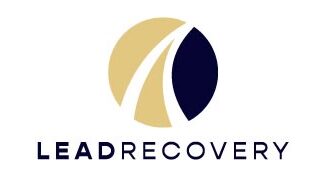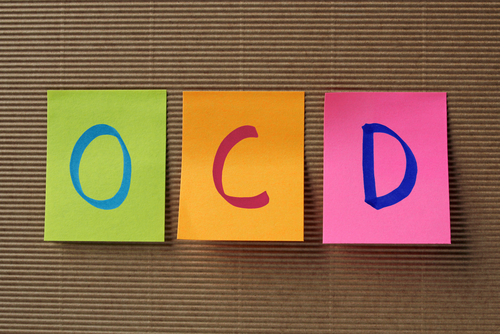Obsessive compulsive disorder, or OCD, is defined by its namesake. The mental health disorder is most commonly characterized by the concurrent existence of intrusive, unwanted, obsessive thinking, and habitual compulsive behaviors. Compulsive behaviors of cleanliness are frequently referenced, like needing to straighten pictures, wash hands, and remove any dirty imperfections. It isn’t the cleanliness which is the obsession, but the obsession of cleanliness and what it means. Compulsive behaviors in OCD are an irrational way to escape obsessive thinking. In order to avoid hurting someone, hurting themselves, or avoid thinking about trauma, abuse, and other harmful thoughts, the compulsive behavior is the answer. Does washing hands fifteen times a day make any guarantees? It does to someone with OCD.
There is another form of OCD which isn’t as popularly discussed because it lacks compulsion. U.S. News & World Report looks at “Pure O”. “…For those with OCD who have recurrent, intrusive thoughts- from fear that one might be a pedophile to concern about hurting a loved one- the exercise to quell deep anxieties about the thoughts is often purely, or primarily, mental.” Pure O, or pure obsessional OCD, actually affects a larger number of people with OCD than one might think. One-quarter to one-third of all people with OCD experience it.
Unlike the more common form of OCD where someone acts compulsively on their obsessions, those who are purely obsessional will not act on or live out the fantasy of their obsessive thinking. Though they aren’t likely to take any action, they are highly likely to worry, somewhat obsessively, about those thoughts and whether or not they will act out on them. “However, in trying to reassure oneself of that and alleviate associated anxiety, a person with OCD may instead spend hours daily fixating all the more intensely on the obsessions,” the article explains.
Treating Obsessive Compulsive Disorders
Cognitive behavioural therapy has been a long standing proven treatment for reducing the severity of OCD and creating effective change in thought as well as behavior. CBT helps clients with OCD recognize the source of their obsessive thinking while discovering their agency in choosing how they want to respond to those thoughts. OCD can sometimes be a manifestation of trauma. Treatment methods like EMDR, eye movement desensitization and reprocessing, are helpful in eliminating traumatic reactions by healing traumatic memories.
Are you ready to learn how to live life to the fullest while managing your OCD and co-occurring disorders? LEAD Recovery Center is here to help. Our transitional care program focuses on adventure therapy and life skills building so each client can achieve full autonomy, health, and balance in recovery. Call us today for more information at 800-380-0012.


